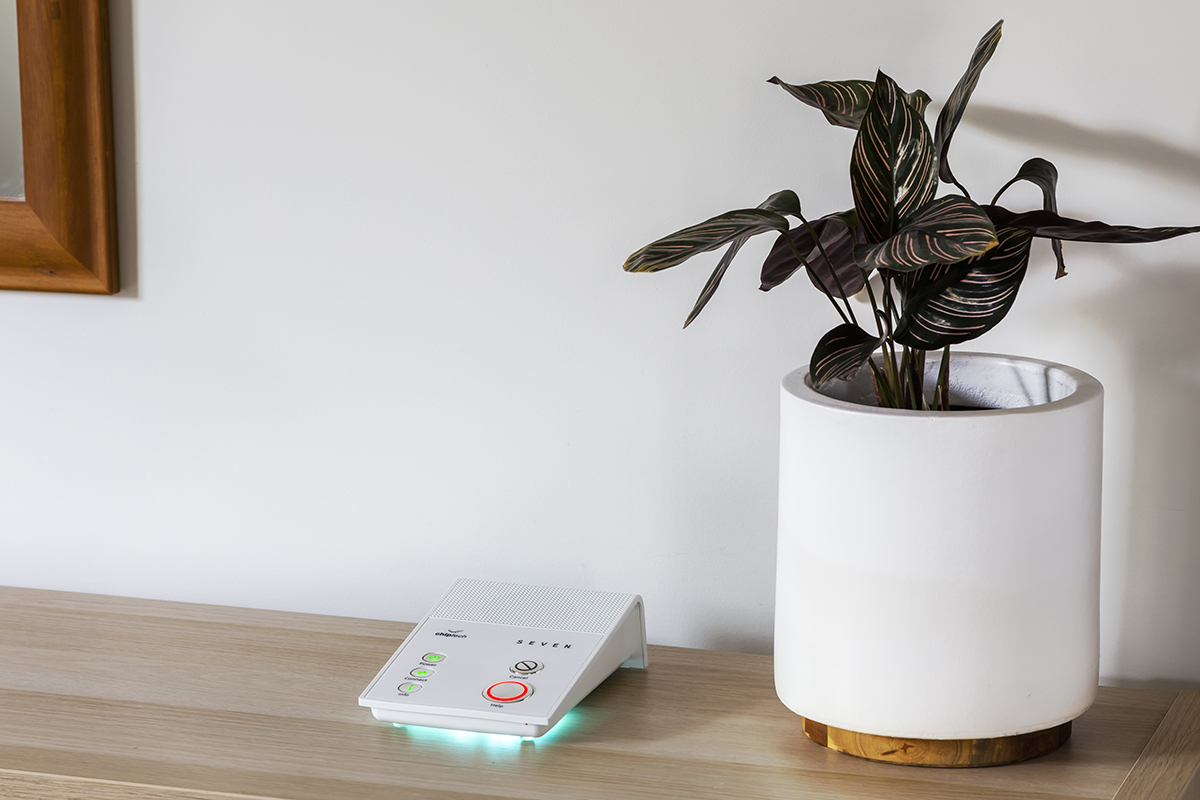1G – Introduced in the 1980s, 1G laid the foundation for mobile telephony, enabling basic voice calls with limited coverage and quality.
2G – The Digital Revolution, with the advent of digital technology, 2G provided SMS and data services.
3G – This access technology enabled mobile internet access, paving the way for services like video calling and mobile browsing.
4G – Offers substantially faster data speeds, enabling the rise of mobile apps, streaming services, and IoT applications.
5G – With faster speeds, ultra-low latency, and massive connectivity, 5G looks to revolutionise industries such as manufacturing, and transportation.
Understanding Cellular Network Cut-Off Dates
Cellular network cut-off dates refer to the discontinuation of support for specific access technologies by network operators. These technologies encompass a wide range of protocols and standards, each representing a step forward in the evolution of wireless communication. From 2G to 3G, and now transitioning to 4G and beyond, these cut-off dates signal a shift towards more efficient, faster, and reliable networks.
Several factors contribute to the establishment of cut-off dates:
Network operators are compelled to phase out outdated technologies to make room for newer, more efficient ones. For instance, the transition from 2G to 3G was driven by the need for faster data speeds and enhanced multimedia capabilities.
Each generation of wireless technology utilises spectrum bands differently. Newer technologies often make more efficient use of the available spectrum, allowing for higher data throughput and better coverage. By decommissioning older technologies, operators can reallocate spectrum resources to newer technologies, maximizing efficiency.
Maintaining support for multiple access technologies can be costly for network operators. By streamlining their infrastructure to focus on the latest technologies, operators can reduce operational expenses and invest resources more effectively in improving network quality and coverage.
Pending Australasia Cut-off Dates
| Telco | 2G | 3G | 4G |
| Telstra | Closed | From 30/06/2024 | TBD |
| Optus | Closed | From 01/09/2024 | TBD |
| Vodafone | Closed | From 01/09/2024 | TBD |
| Spark | N/A | End of 2025 | TBD |
| One NZ | 31/12/2025 | 31/03/2025 | TBD |
2 Degrees | Closed | End of 2025 | TBD |
Driving Innovation
In the preceding period leading up to a cut-off date, Chiptech has a surge of research and development efforts aimed at optimising our existing technology and expertise to pioneer new solutions that meet our customer and end user needs. Cut-off dates provide a drive for new innovations, along with the development of new product ecosystems, such as SEVEN and Adi to provide comprehensive packages of care.
The improvements in access technology drive the integration of newer technologies into our products, ensuring compatibility with modern networks and future-proofing devices against obsolescence.
Cut-off Date Implications for Chiptech Devices
Chiptech endeavours to front foot these technology advancements by bringing new products to market as soon as possible that operate on the latest access technology. The intention is to provide our customers with ample time to plan and undertake replacement programmes for the existing products that they have installed in market, to ease the capital burden of transitioning product ranges to keep pace with access technology changes.
In some instances the implementation of core functions such as VoLTE on specific network operators or SIM platforms has hampered progress to release Chiptech SEVEN PERS and mPERS GO 4G devices on specific networks that rely on such offerings for communication.
Looking Ahead
As we move towards the era of 4G and beyond, the establishment of cut-off dates for older access technologies will continue to shape the trajectory of technological advancements in digital telecare products designed and manufactured at Chiptech. The rapid pace of innovation driven by these cut-off dates promises a future where connectivity is faster, more reliable, and more pervasive than ever before.
The cellular network cut-off dates serve as catalysts for change within our digital industry, driving innovation, efficiency, and progress. As we bid farewell to older technologies, we welcome new wireless communications, provide enhanced product features, and look to new possibilities for telecare devices in the future.




